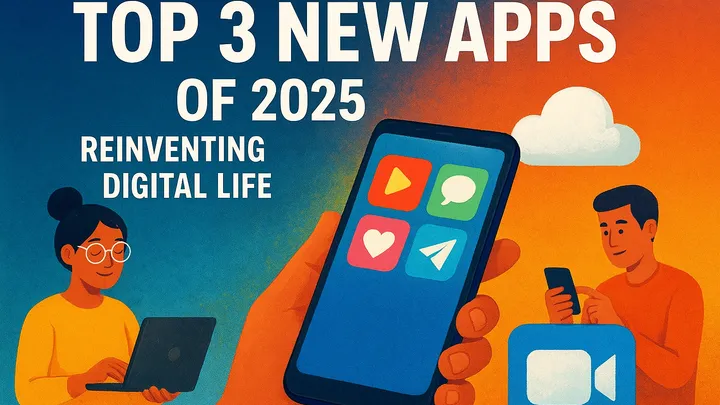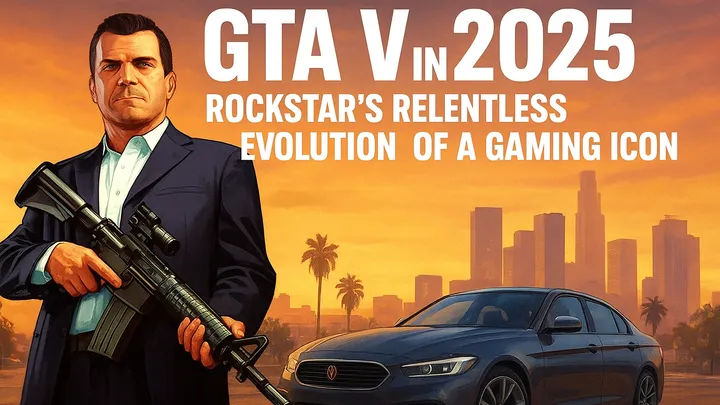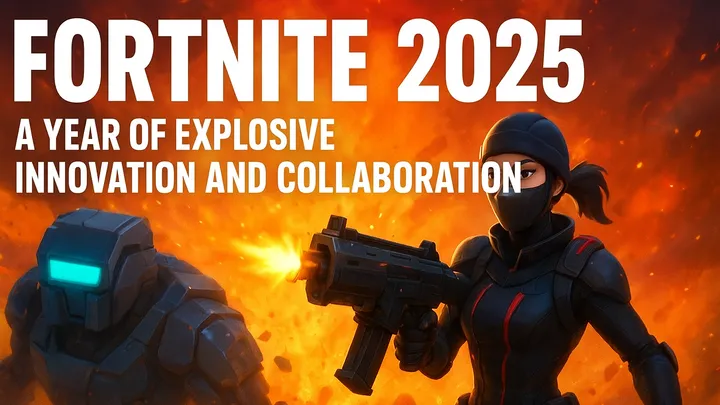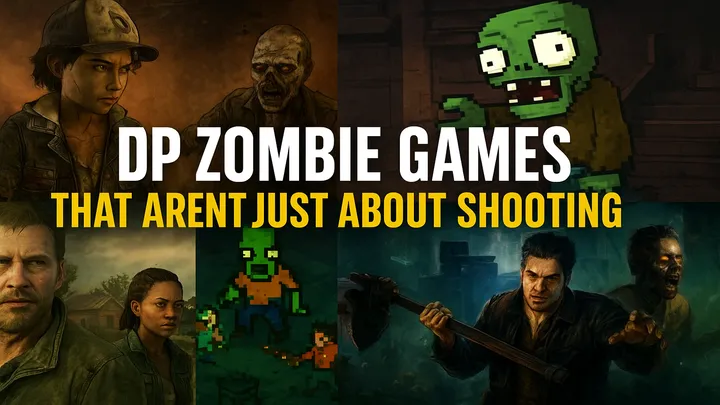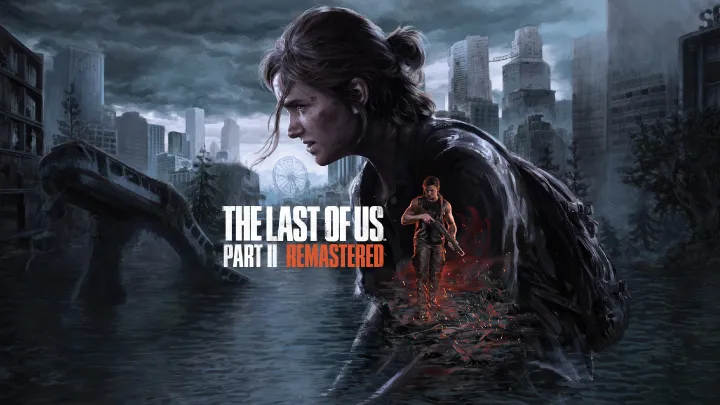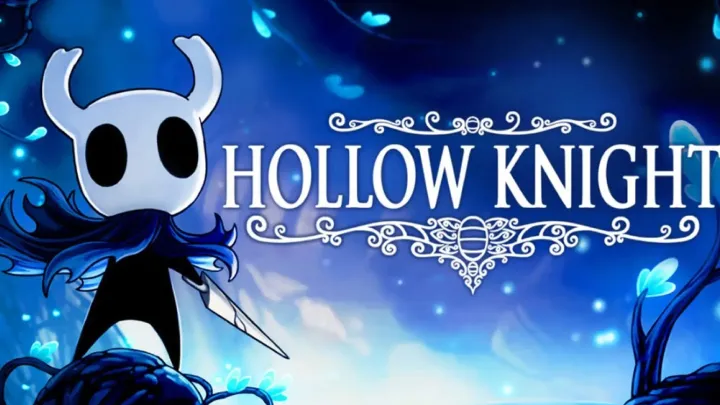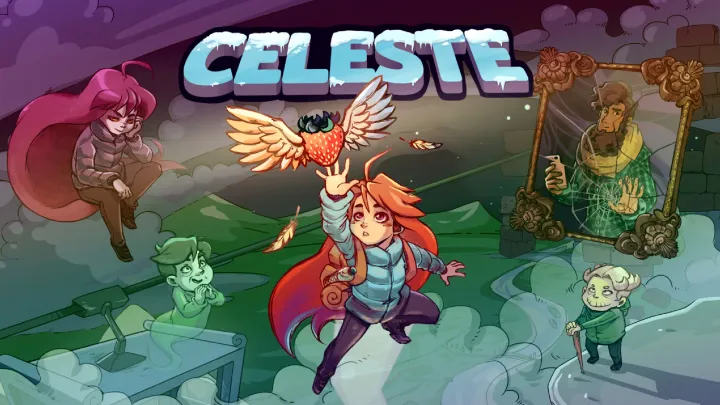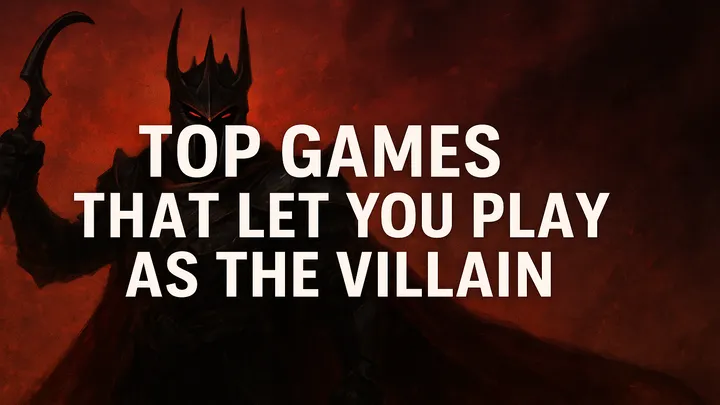2025 has become a defining year for Blood Strike, and not just in terms of player count. NetEase’s fast‑paced, hero‑driven battle royale shooter is undergoing rapid evolution, reshaping its core gameplay, aesthetics, and competitive systems. From blocky pixel modes to sweeping map reorganizations, here’s a comprehensive look—broken into ten thematic phases—at the game’s latest developments, how they stack up, and what they signal for the future.
1. Block Strike: The Retro Makeover
In early July, Blood Strike introduced a dramatic reimagining of its world—Block Strike, a pixel‑style mode that transformed Shutter Island, UI, and weapons into nostalgic block art. Players could gather loot from “Block Piles” yielding Buffs like speed boosts, X‑ray vision, jump height perks, and more. Rare items such as Shadow Pearls enabled instant teleportation, while Portals offered map traversal shortcuts. A Shard Store system allowed tactical mid‑match purchases. This whimsical yet strategic addition energized the community with fresh visual flair and mechanics.
2. Mapping Horizons: Skyline Beach Debuts
Mid‑August brought a new environment—Skyline Beach—a sun‑lit map set against hilly terrain, sandy beaches, and an intriguing bridge crossing. It offers multiple modes—Battle Royale, Squad Fight, and Hot Zone Showdown—on terrain that blends urban grit with coastal serenity. Alongside the map release were hefty login bonuses and unlockable premium rewards like the URB–Evolved Viper weapon skin, Golf Club melee skin, and limited character visuals and titles, marking a high‑value promotional push.
3. Hide and Seek Mode: Fun Gets Tactical
Late July saw the arrival of a quirky yet strategic new mode: Hide and Seek. One team transforms into objects to hide, armed with decoys and flash grenades, while Seekers gain tracking abilities and powerful weapons as rounds progress. Rounds include forced transforms and reward both stealth and detection. This mode offers friends and communities a break from conventional gameplay with a light‑hearted, competitive spin.
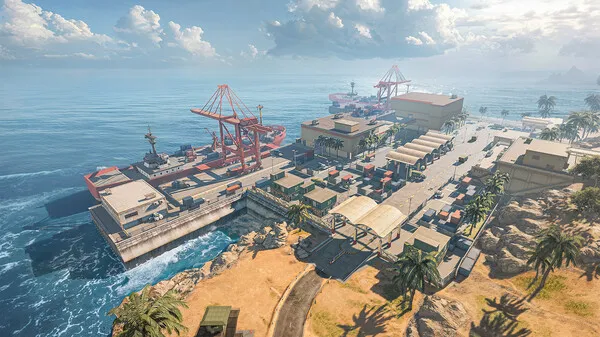
4. Arsenal Additions: UMP45 with Laser Attachment
Players gained a fresh lethal tool: the UMP45 SMG with a new BAS “Laser” attachment. This combo enabled more stable aiming during high‑mobility maneuvers, boosting precision on the move—perfect for agile plays and close‑range confrontation.
5. Block Strike Events: Rewards and Airdrops
With the Block Strike mode came a wave of limited‑time events. Players could log in to secure the Ultra skin AR97‑Bit Strike, racking up in‑game currency and vouchers through referral bonuses. Pixel style character skins—collectible up to 17—were unlocked through matchmaking and log‑ins, offering personalization tied to performance and engagement.
6. Striker Skills and Balancing Tweaks
Mid‑year updates ventured into deeper balance. VAL was redefined from a UAV‑based scout into a Recon Vanguard with a Dynamic Detection Field to discover moving enemies, and Swift Mark to mark targets while aiming. Meanwhile, Lucian’s teleport range was trimmed (75→40 m, upgraded to 60 m), Kraken earned improved harvesting speed and healing, and Jack’s trap mechanics were refined. The sustained adjustments helped ensure hero abilities remained useful without overwhelming neutral gameplay.
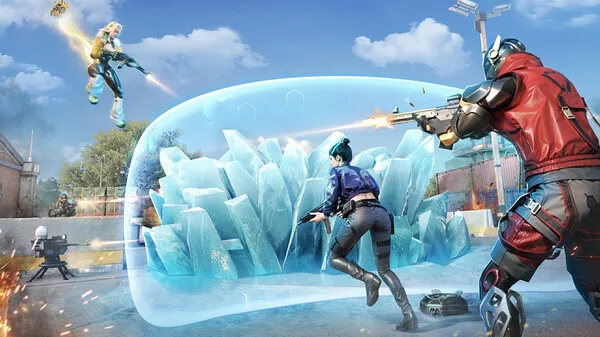
7. Weapon Balancing: Tweaks Across the Board
Weapon stats saw careful rebalancing. The Uzi Akimbo had its chest damage reduced, while MCX became easier to aim—with slightly reduced headshot damage but increased body/lower body damage. The M4A1 received improved damage across targeted areas. Weapons like the KAG‑6 were given better limb and abdominal damage stats, the SCAR had its effective range reduced, and the M700 sniper was nerfed for lower stomach damage. These tweaks tightened inconsistency among weapon classes and expanded viable options.
8. System Optimizations and UX Enhancements
Several practical improvements made their way into the game. The Playpal system now supports sharing, quicker visual cues, and preset memory. Round settings like match length and weapon master limits became customizable in Custom Rooms. Post‑revival invincibility now ends immediately upon attacking. Melee weapon switching mid‑match became possible, and UI guidance was refined across mission hubs and lobbies to assist new players.
9. Ranked Fairness: Matchmaking and Legend-Tier Logic
Developer focus on competitive integrity grew with matchmaking improvements. The system now reduces high‑tier players from being repeatedly matched against top Legend‑level opponents immediately after promotion, ensuring smoother progression and fairer early Legend games.
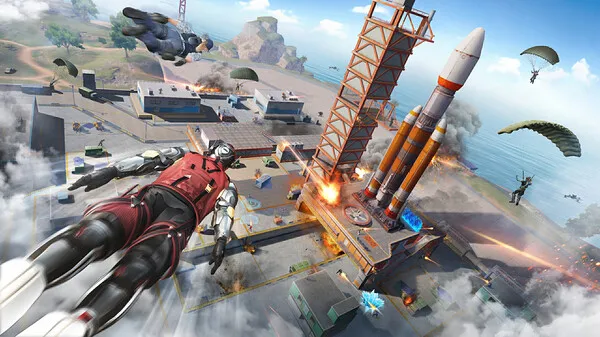
10. Events, Music, and Extended Rewards
Every update brought new layers of content. Events like Match Challenge, Hero’s Trial, and weekly mission bundles rewarded players with Gold or Stash Vouchers. Strike Pass themes—“Pixel Trend” followed by “Sakura Storm”—released exclusive skins and weapon attachments including the Spear rifle with a thermal scope, Katya the ninja Striker, and new vehicle and weapon skins. Custom background music, avatars, name cards, and more added richness to the player experience.
Final Thoughts
Blood Strike in 2025 is reinventing itself with bold creativity and sustained refinement. From retro block-style transformations, cinematic new maps, and inventive modes to tactical weapon balancing and evolving hero capacity, NetEase is building a living, adaptive battlefield. UX and matchmaking improvements forge a more polished competitive foundation. Each update layers narrative, strategy, or flair onto the core gameplay.
The broader arc of these updates signals a developer willing to experiment, respond, and elevate—with visibility, fairness, visual energy, and player engagement tightly interwoven into each patch. If 2025 is this dynamic, the future could hold a truly enduring battle arena.








